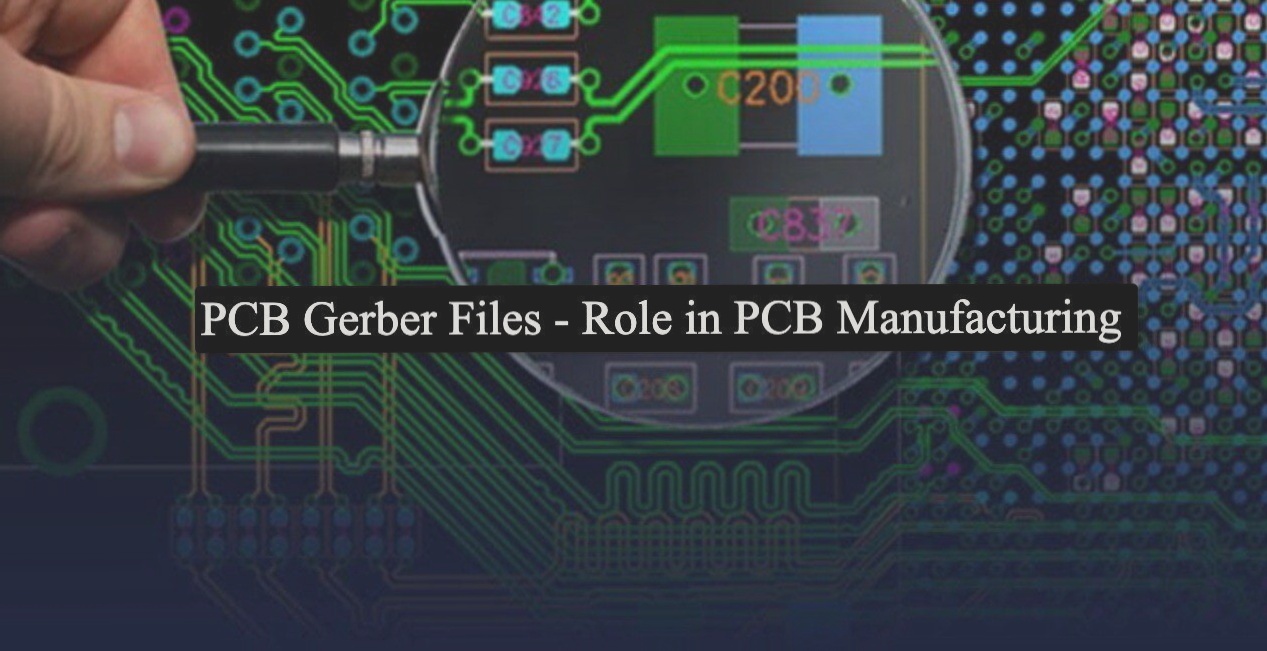PCB Parallel Termination Techniques
Introduction
PCB parallel termination is a crucial technique used to achieve impedance matching at the terminal end. There are different types of PCB parallel termination methods based on specific application requirements.
1. Simple PCB Parallel Termination
In this method, a resistor RT (RT=Z0) is connected to GROUND at the load end to achieve impedance matching. However, this approach consumes a significant amount of current, making it challenging for general devices to support.
2. Thevenin PCB Parallel Termination
This technique involves using a voltage divider with pull-up resistor R1 and pull-down resistor R2 to form a termination resistor. While it reduces drive capability requirements, it results in relatively high DC power consumption due to continuous current draw from the power supply.
3. Active PCB Parallel Termination
In this method, the termination resistor RT (RT=Z0) pulls the load terminal signal to an offset voltage VBIAS. It requires an independent voltage source capable of sourcing and sinking current to meet output voltage requirements.
4. PCB Parallel AC Termination
This technique utilizes a resistor and capacitor network (series RC) for termination impedance. The capacitor blocks low and high frequencies, preventing the resistor from acting as a DC load on the driving source, thus minimizing DC power consumption.
Recent Developments
- New advancements in PCB parallel termination technology are focusing on reducing power consumption while maintaining impedance matching accuracy.
- Researchers are exploring innovative materials for resistors and capacitors to enhance the efficiency of PCB parallel termination circuits.
- Integration of smart impedance control algorithms into PCB design software is streamlining the implementation of parallel termination techniques.

